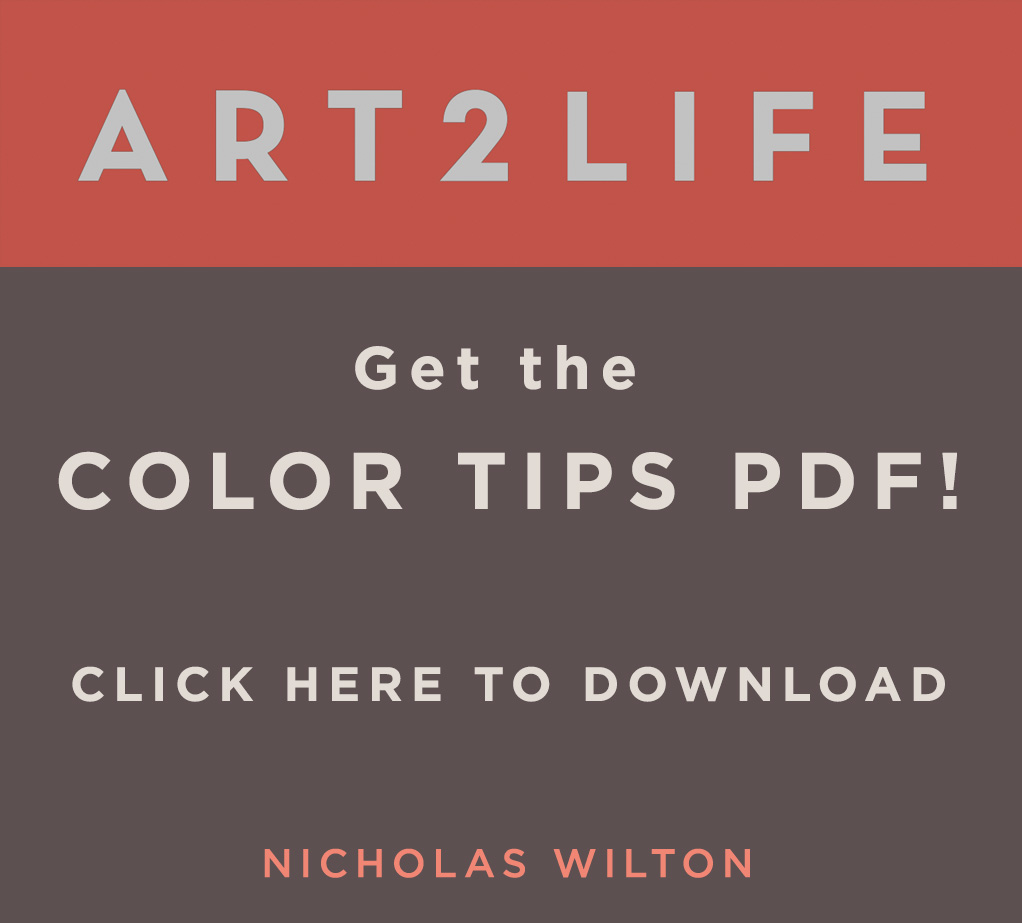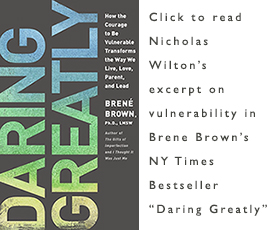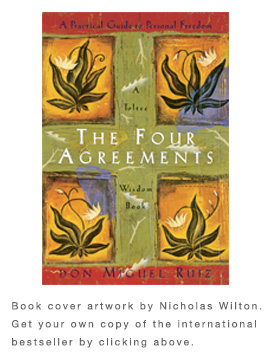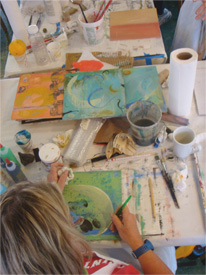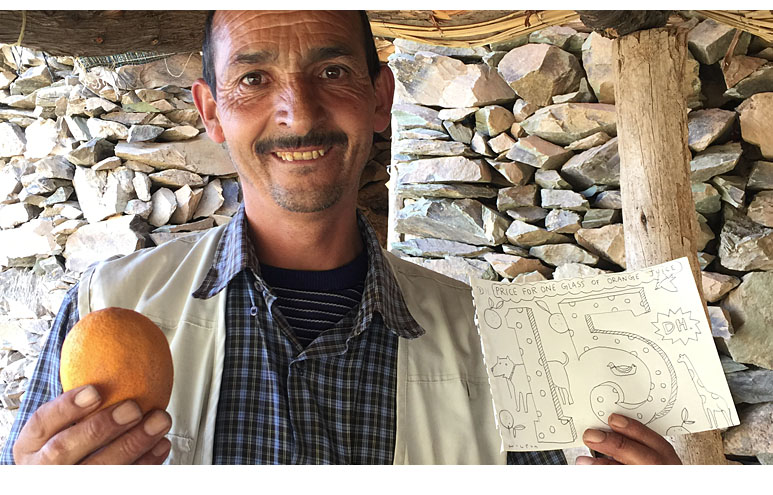 The steep path from the small Moroccan Berber village seemed like it was better designed for the local mountain goats than us. It traversed the dry rocky mountainside, zig sagging up and up all morning long till finally, it found it’s way to the very top. The pass. It was here, high up in the Atlas Mountains of Morocco that the small group of friends I was trekking with found something quite unexpected.
The steep path from the small Moroccan Berber village seemed like it was better designed for the local mountain goats than us. It traversed the dry rocky mountainside, zig sagging up and up all morning long till finally, it found it’s way to the very top. The pass. It was here, high up in the Atlas Mountains of Morocco that the small group of friends I was trekking with found something quite unexpected.
Instead of the usual summit marker made from gathered stones, there was a lean to shack. An open walled bus stop kind of a structure that offered a spot, out of the sun, to rest. This bench looked out over the valley far, far below.
No sooner had we sat ourselves down to rest, when there was a rustling noise and we were welcomed by a small, vibrant elderly man offering us, of all things, a glass of cold, freshly squeezed orange juice. Smiling, he pulled a cloth back from a tiny table. On it was a very old hand press and under the table was a huge sack of Moroccan oranges.
This man had gotten up before the sun rose and carried all these oranges up to this very, very high pass in anticipation of the small handful of people who, like us, just might arrive tired, hot and thirsty.
It was entrepreneurship in the most classical sense. Creating additional value of something – in this case a glass of orange juice, simply by offering it in a circumstance that increases its desirability. It was such a simple, beautiful idea. As I sat drinking my second orange juice, which by the way, was the sweetest glass of orange juice I have ever had, I thought about how this idea of scarcity, the notion that the value of something rises in direct relationship to the availability of that something.
Our art for many of us is that something. It is the single most unique thing that many of us produce. The numbers of works an artist can make in her life is limited. There will only be so many and then there will be no more. It is possible however, that a collector of art or a buyer who is interested in your art might well find something similar to your art. There are, after all, some many similar kinds of work of work out there.
I continued to think about this situation as I began my slow descent down the other side of this mountain pass. This successful orange juice seller is demonstrating an important principle that directly relates to the selling of our art…
Where our art is offered, matters. It is important to place, display our art in a place that enhances its uniqueness. In other words there optimally should be no other similar kinds of art anywhere near yours. For example pay attention to the venue or the gallery that might show your art. It is preferable that yours stands out and that there isn’t any art similar to yours.
Always push your art to be as unique as you are. Continue to pay relentless attention to making your art absolutely your own. Do what you love. It is essential that we leverage the individuality, the uniqueness of you. If your art feels like you, if you love it, it will be utterly unique based solely upon the fact that you already are absolutely one of a kind. If there simply is no other art quite like yours, then the buyer can only satisfy his / her desire with your art. Therefore, the likelihood of a sale is dramatically increased.
I bought that orange juice because there were on other options available to me on that mountain pass, and the alternative was just the same old warm water I had been experiencing all morning. Your art wants to be like that orange juice. Rare and utterly desirable.
How is your art different than any one else’s? This is a great idea to articulate. Go ahead and leave a comment below. It will be not only helpful for you but for other’s as well.
About the picture…this is the picture of the orange juice seller. He explained to us that one of the big problems he was having in his business. Sometimes his customers, who could not understand his broken English, thought he was saying the price of his orange juice was “fifty” dirham (the Moroccan currency) when what he was trying to say was the very similar “fifteen” dirham. And so they would not buy as they thought it was too expensive. I sat down and made him this sign for his stand, which restated the correct price. And this seemed to make him very happy.
